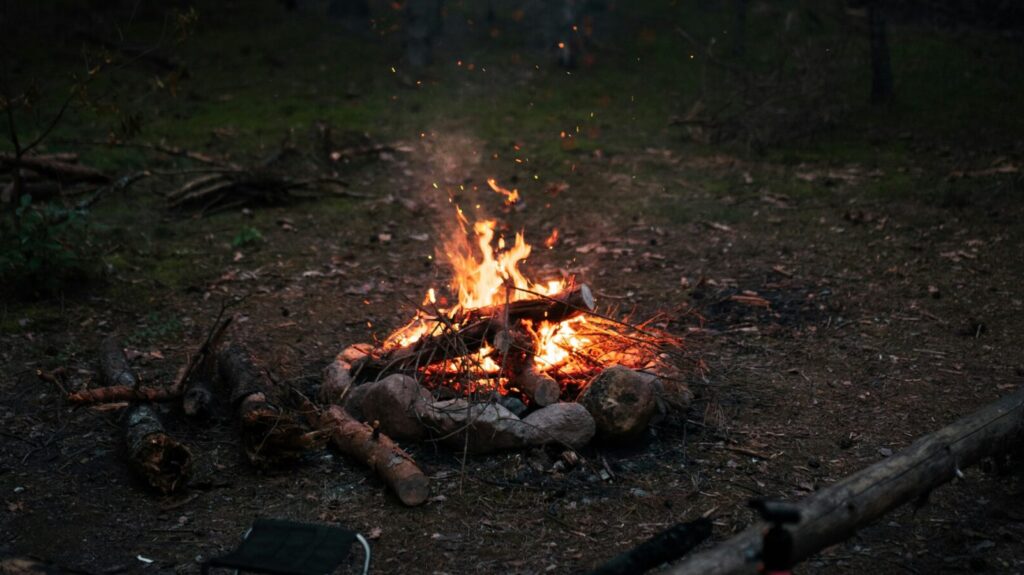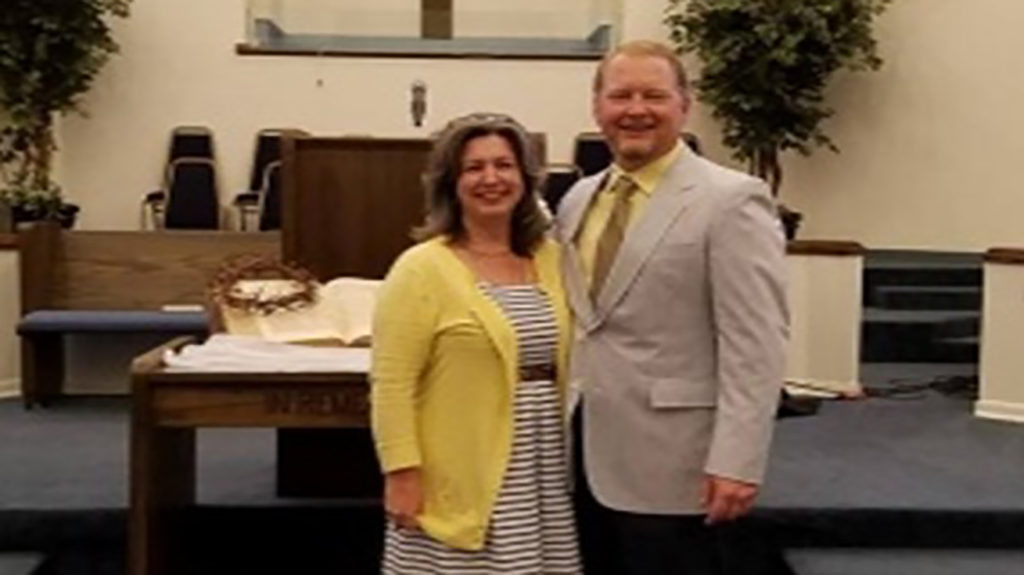Tornadoes and the damage they bring with them have been hard to forget for many in Limestone County. Destruction from the April 2011 and March 2012 tornadoes remained an issue in the county until recently when tornado survivors received much needed help.
A 400-person team of volunteers saturated the area in July to help repair and clean up storm damage to homes and property. From July 9 to 13, Limestone Baptist Association and Mission Serve joined forces to repair roofs, paint, clean yards and do other storm damage work.
For years, the Limestone Association disaster relief team traveled to North Carolina to help Mission Serve teams when they worked in the Cherokee area, and after the tornadoes, Mission Serve added Limestone County to its project list.
“Mission Serve brought in about 364 people,” said Robert Fullerton, director of missions for Limestone Association. “Including the (association’s) disaster relief team, we had about 400 people on-site. We had 29 squads of workers out there, but they did more than 29 jobs.”
The Mission Serve volunteers arrived July 7 and were split into teams of 12 workers with one supervisor. Limestone Association’s feeding unit provided them with breakfast and dinner, and churches from Limestone and adjoining associations volunteered to feed the teams sack lunches on their work sites. Sunday before the work began, the teams attended church services at their sponsor churches that continued working with them throughout the week.
“They (churches) got to know the team they were working with,” said Fullerton’s wife, Ann, who helped the feeding unit. “We had one church per squad.”
Fullerton said the overabundance of volunteers helped them complete all the work.
“Then they did some community service projects — repaired porches, replacing a wall or Sheetrock from a water leak, painting and built a walkway bridge over a stream in a yard that had collapsed,” he said. “Community projects focused on people who couldn’t do it themselves.”
Overall Fullerton believes the event was a success.
“I think it was very positive,” he said. “I don’t know how many man-hours they put in but they went out at 7 in the morning and came in most days at 4 or 5 p.m. They were working those hours for four work days.”
Members of the community also appreciated the teams’ work.
“I went out on some of the projects and the people were basically overcome knowing someone would come to do something like that for them and pay for the materials when they couldn’t do it themselves,” Fullerton noted. “They were beside themselves thanking them for doing it.”
Ann Fullerton said the association’s disaster relief team continued working on some of the community projects well after the original workweek was over.
She noted that the project was overwhelming at first because the association had never done anything on this scale, but it turned out beautifully.
“It was just great because so many people worked together,” she said. “All our churches were so gracious, willing and wanting to do it. They were trying to do special things for them. One church’s team was working about two miles from them. So one day they decided instead of taking them a sack lunch to take them a hot meal. I think overall our churches were so grateful to be involved.”





Share with others: